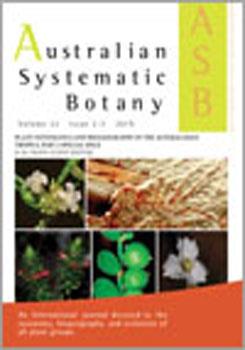A new fossil flora from central Queensland, of late Eocene or early Oligocene age, has yielded a diverse assemblage of flowering plants and ferns, including the first evidence of horsetails (Equisetum L.) from the Cenozoic of Australia. The fossils assigned to Equisetum are based on a stem fragment, 2–3 mm in diameter, and spreading leaf sheath and diaphragm. The leaf sheath is interpreted to consist of ∼24–30 leaves. The spatial arrangement of regularly arranged depressions in a section of the outer cortex is interpreted as evidence of the leaf vascular traces, and indicates a similar number of vascular traces. This specimen provides the youngest evidence of the genus from Australia and indicates that Equisetum survived for at least another 50 million years after it was thought to be extinct in Australia. Whereas molecular data for extant species of Equisetum collectively suggest a comparatively recent origin and radiation, the fossil record of the genus indicates a significantly longer and more complex history. Fossils, such as the new specimen from Makowata, Queensland, will, therefore, play a key role in understanding the history and past distribution of Equisetum in Australia. A key challenge is to assemble and characterise the morphological traits of these living and fossil plants to better understand the origins, history and radiation of this remarkable group of euphyllophytes.
How to translate text using browser tools
14 June 2019
The unexpected, recent history of horsetails in Australia
Andrew C. Rozefelds,
Mary E. Dettmann,
Anita K. Milroy,
Andrew Hammond,
H. Trevor Clifford,
Merrick Ekins
ACCESS THE FULL ARTICLE
<
Previous Article
|

Australian Systematic Botany
Vol. 32 • No. 2-3
June 2019
Vol. 32 • No. 2-3
June 2019
Cenozoic
Equisetaceae
Equisetales
Equisetites
fossil record
youngest Australian record.





